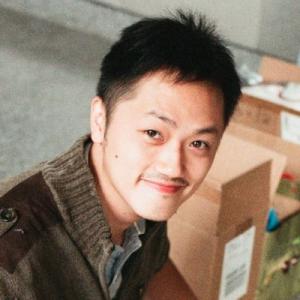As a great glue language, Python could (definitely) orchestrate many modern and powerful tools to build a scientific cluster. This talk will illustrate one of the real world examples, which is a cluster built and running on top of LXD/LXC/KVM/MaaS/public clouds so you may thus be a amateur CFD (computational fluid dynamics) or physics researcher.
Records
Quick Info
Content
A little bit Python and userspace virtualization knowledge would be helpful.
Speaker
Taihsiang Ho
Tai was an experimental particle physic scientist to try to improve the measurement of the neutrino mass in the Dayabay collaboration. He thus stayed in HK for months few years ago for the Aberdeen tunnel experiment. Tai is also an open source and FLOSS culture advocate. Tai joined Canonical in 2013 to contribute to FLOSS more, and is active to organize PyConTW. He loves to combine FLOSS and science, and is an amateur researcher of computational fluid dynamics recent years. Besides, Tai loves nature and he is a mountaineer and rock climber. When he is not in the wild and does not code, he loves to play instruments e.g. guitar, piano and cello at home.
